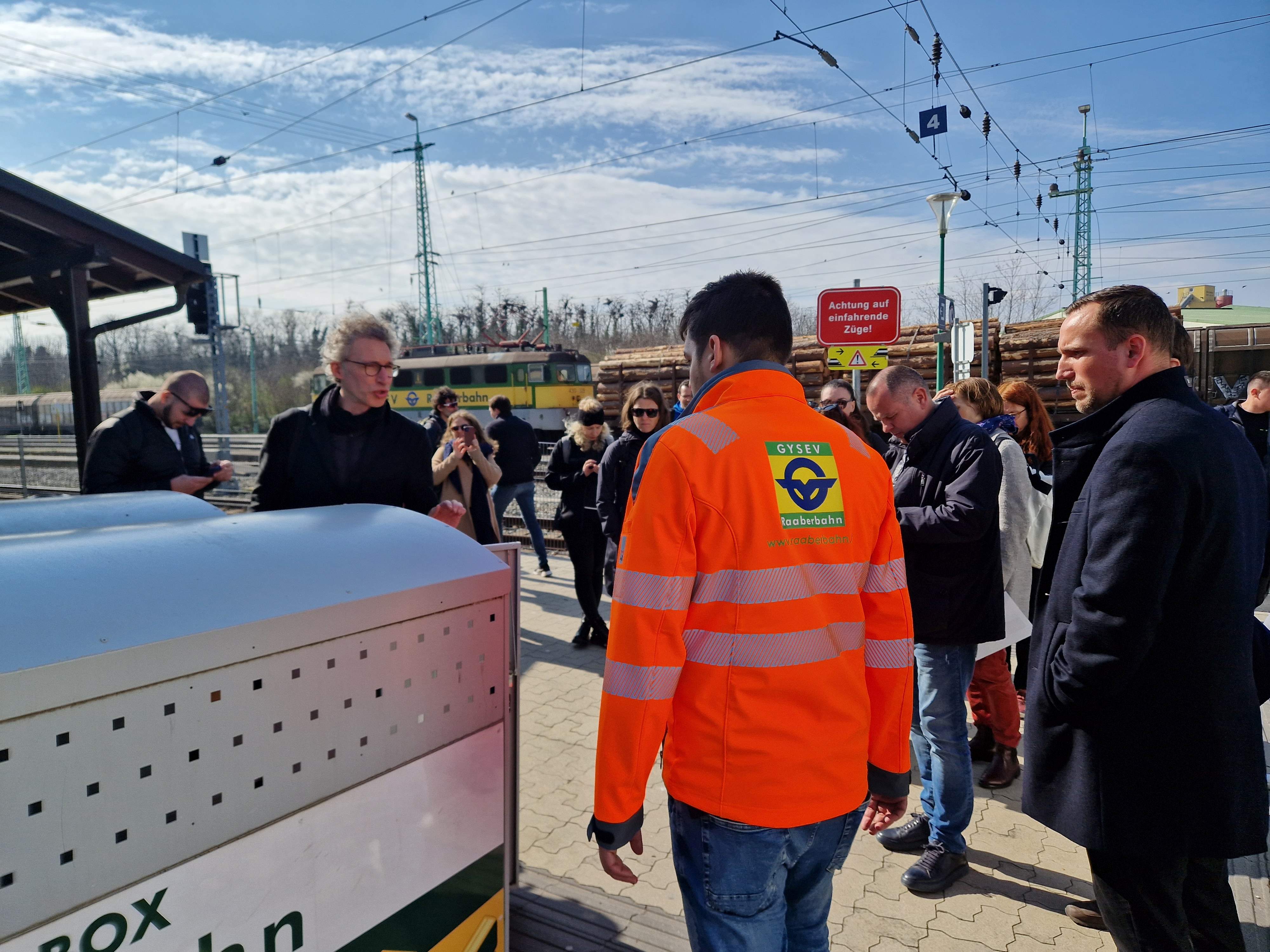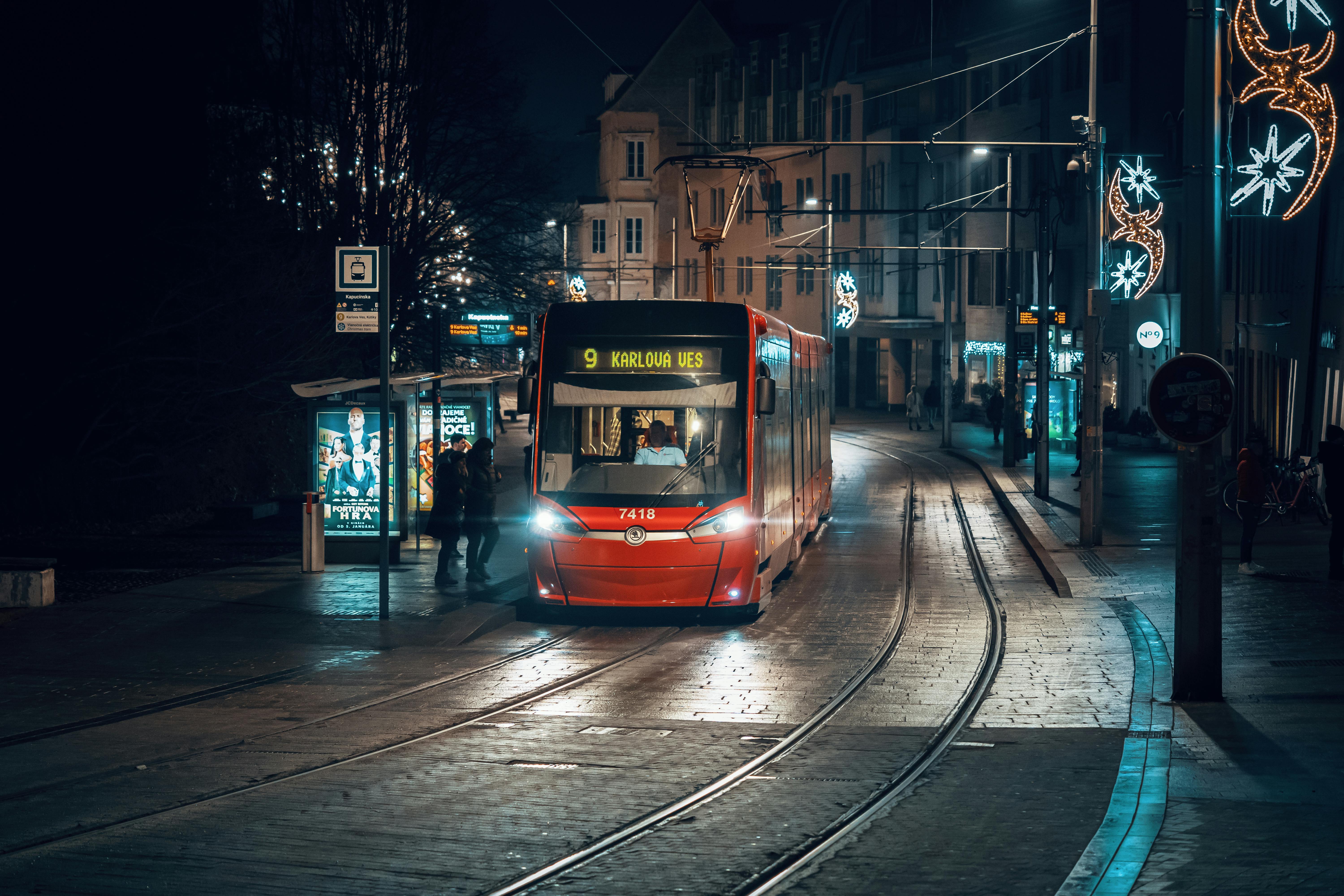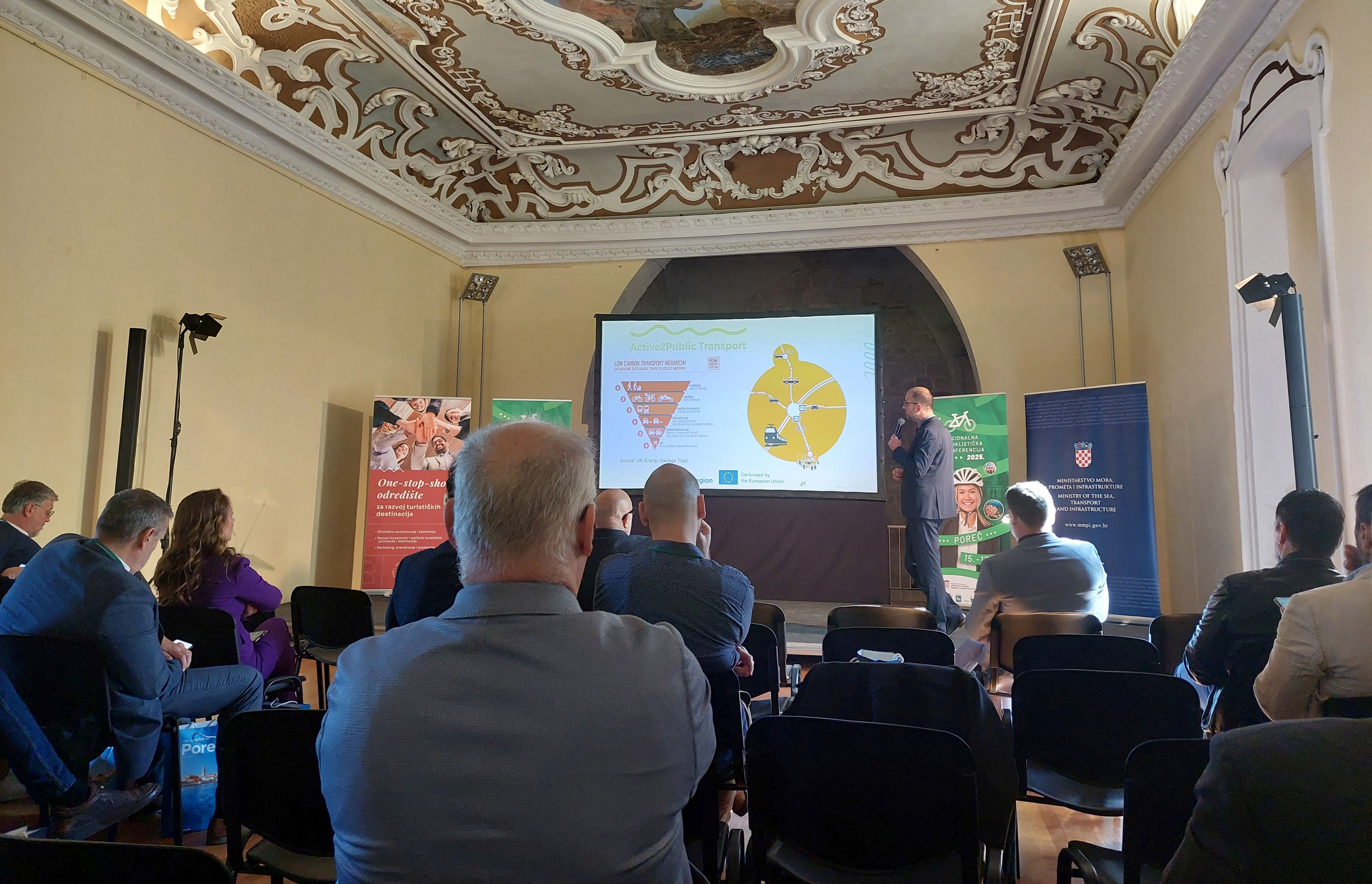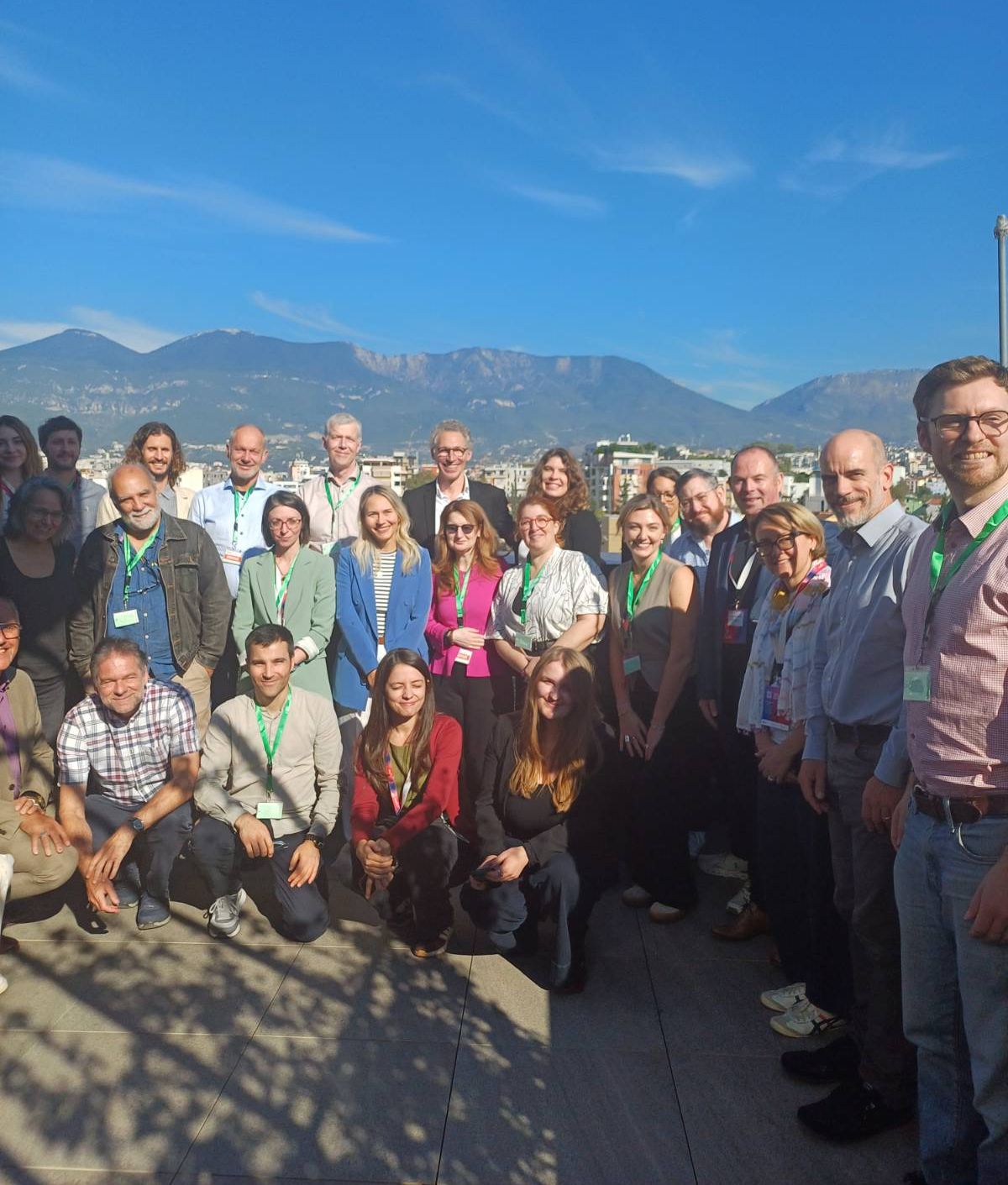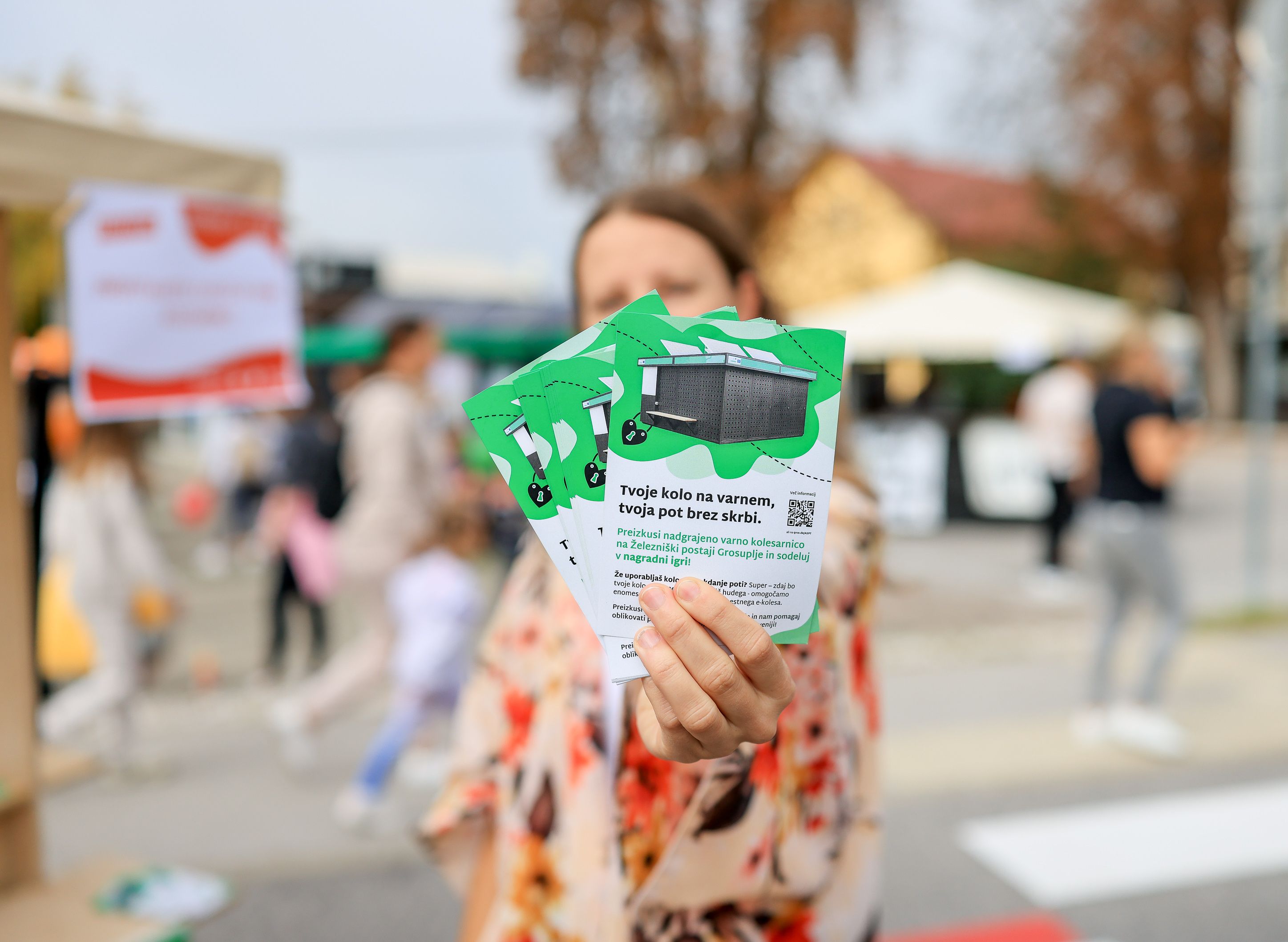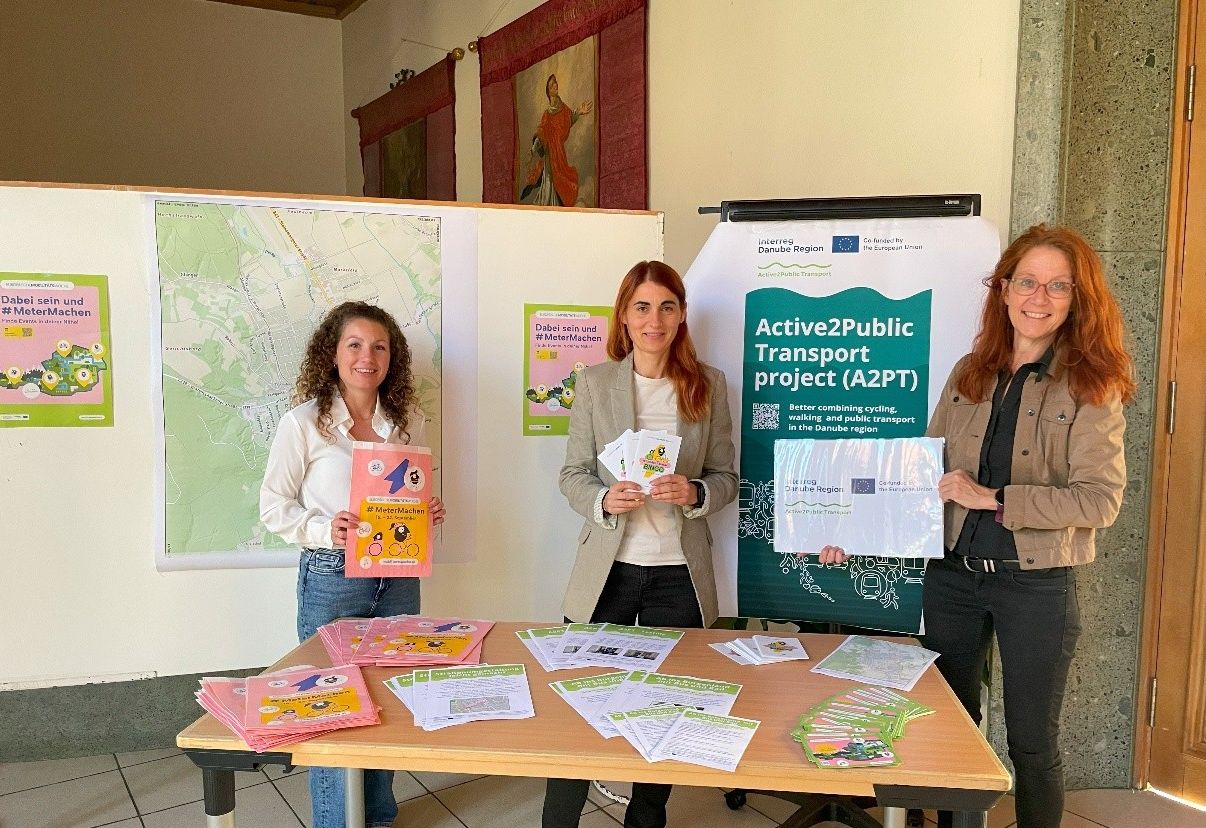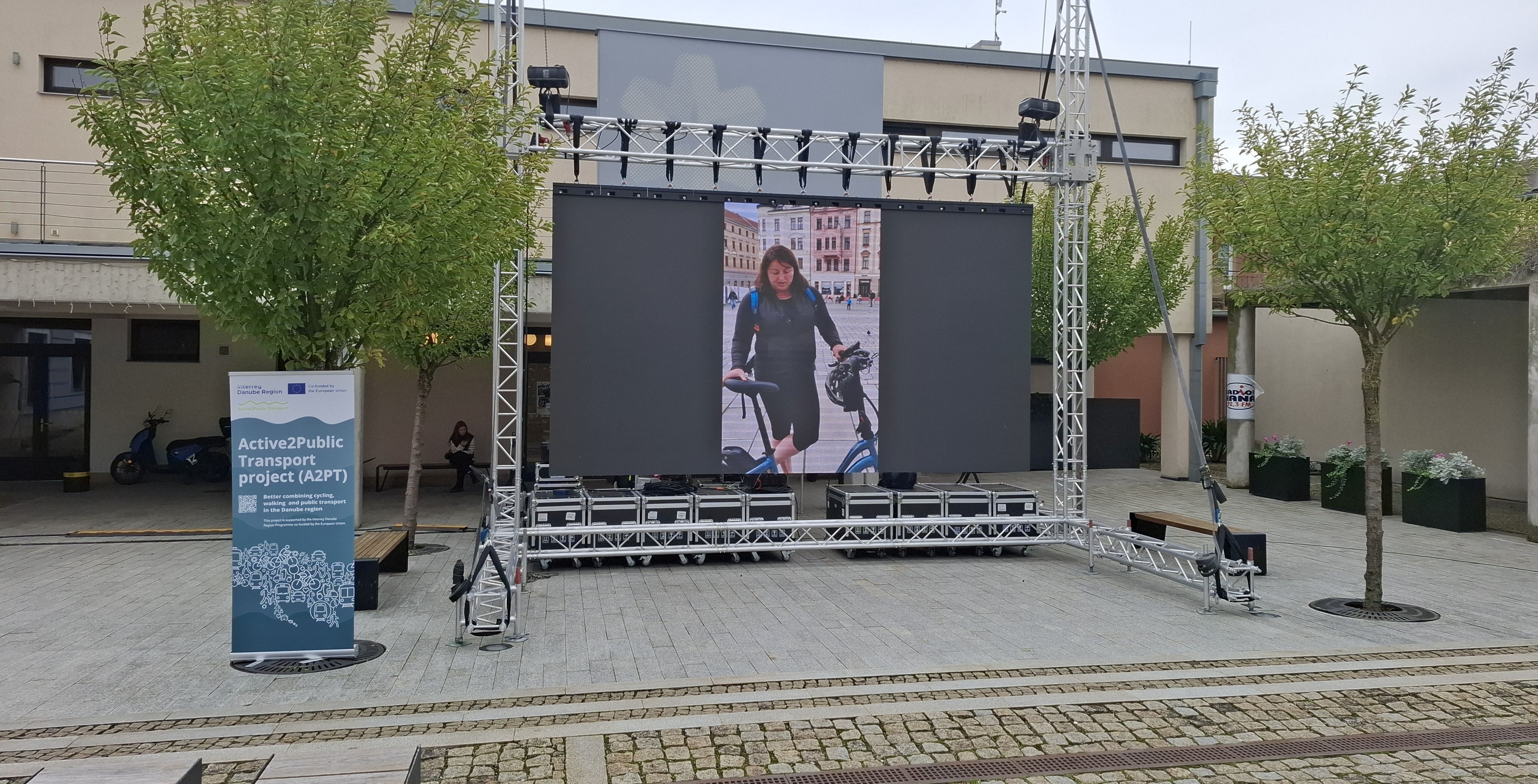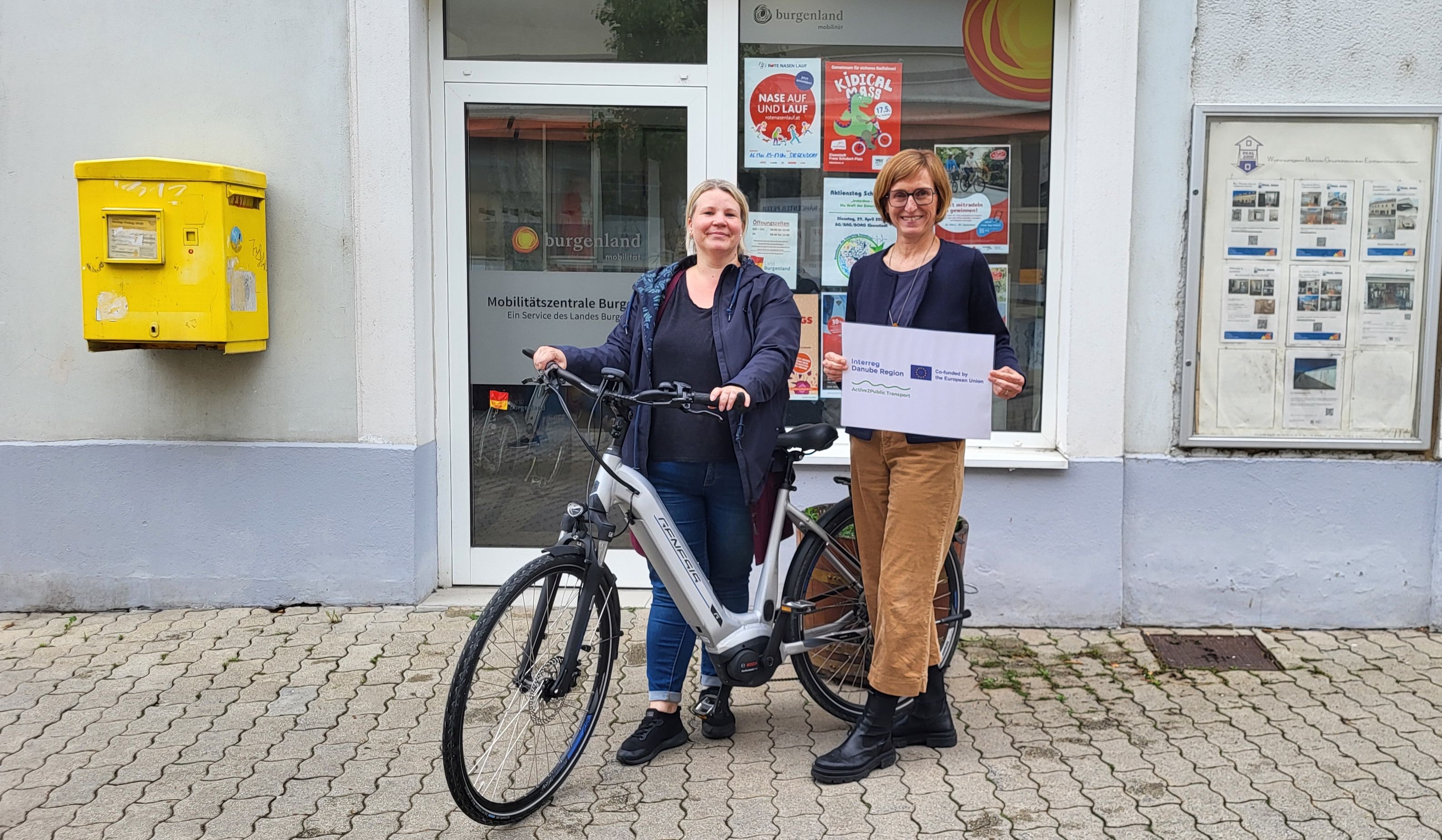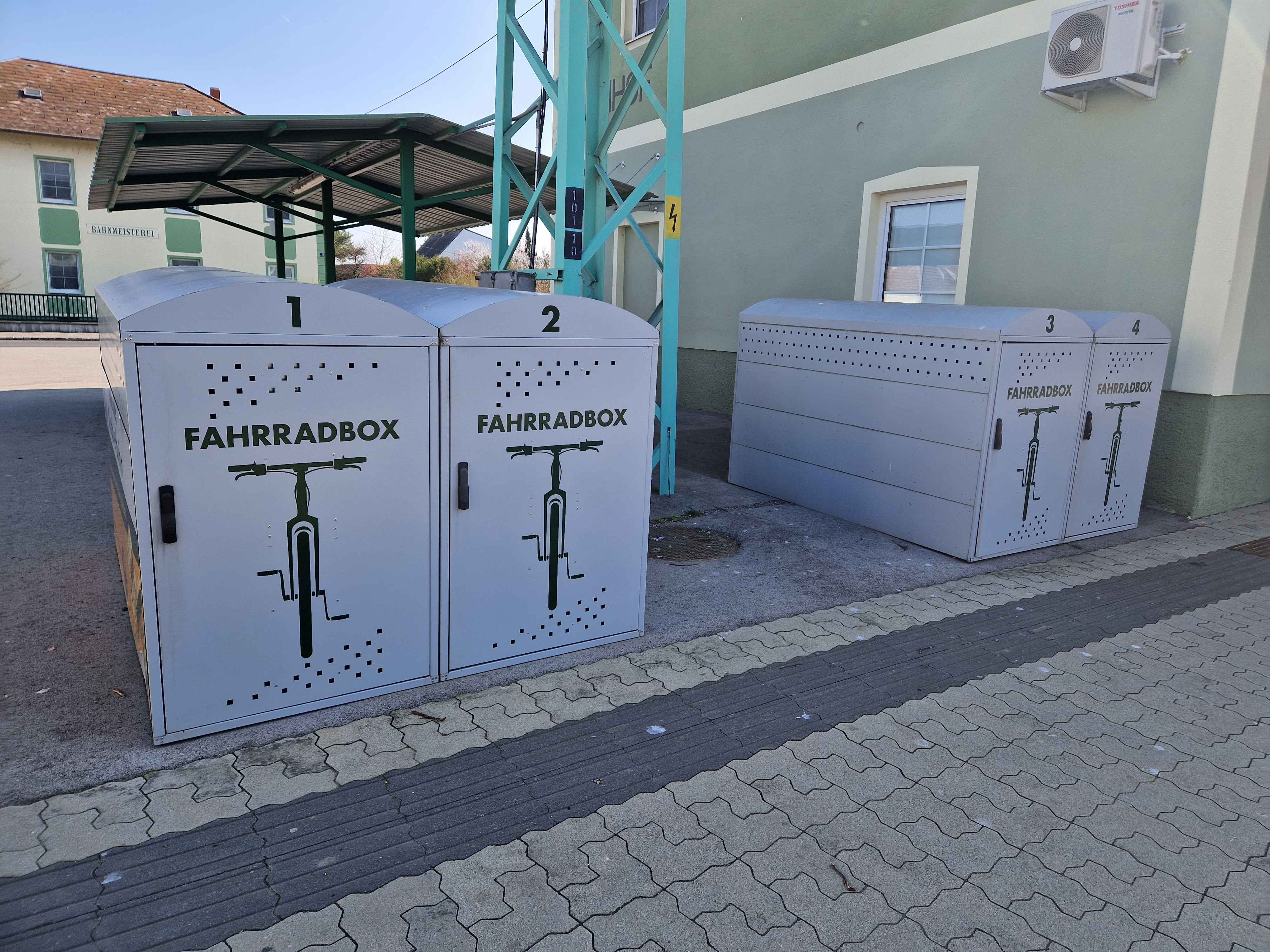
Burgenland's New Solution for Integrated Cycling and Public Transport
How Are Austrian Cities and Rural Areas Addressing the Needs of Everyday Cyclists? This question, posed by the author in the Austrian daily Der Standard, delves into the contrasting approaches to cycling infrastructure between urban and rural areas in Austria. While cities like Vienna benefit from significant investments in cycling networks, rural regions often face challenges due to less developed facilities. This article explores how these differences impact everyday cycling and highlights ongoing efforts to improve infrastructure across the country.
Vienna stands out for its extensive and well-funded bike networks, which make everyday cycling practical and convenient for many residents. In contrast, rural areas frequently have bike paths that are more suited for leisure rather than daily commuting. Cyclists in these regions often encounter unsafe conditions, such as narrow roads and poorly maintained paths, leading many to ride on sidewalks for safety.
Burgenland is currently addressing these issues with its innovative Active2Public Transport pilot activities, set to be fully implemented by 2025. This initiative aims to improve the connection between cycling and public transport, a crucial aspect of rural mobility.
Christine Zopf-Renner, Head of the Burgenland Mobility Centre and the province's bicycle coordinator, highlights the ongoing efforts to enhance bicycle parking facilities at train and bus stops. ‘Equipping train and bus stops with high-quality bicycle parking facilities is an issue that we are currently working on,’ she says. The main aim is to increase the accessibility of public transport and enable multimodal travelling. ‘It is possible to take bikes on the buses operated by Verkehrsbetriebe Burgenland with advance notice. Next year, we have planned a test of various bike racks on buses in order to simplify bike transport in the long term.’
Overall, Austria is making progress in developing cycling infrastructure, but bridging the gap between well-resourced cities and underdeveloped rural areas remains a significant challenge. The ongoing efforts in Burgenland and other regions represent promising steps toward a more cohesive and cyclist-friendly transportation network.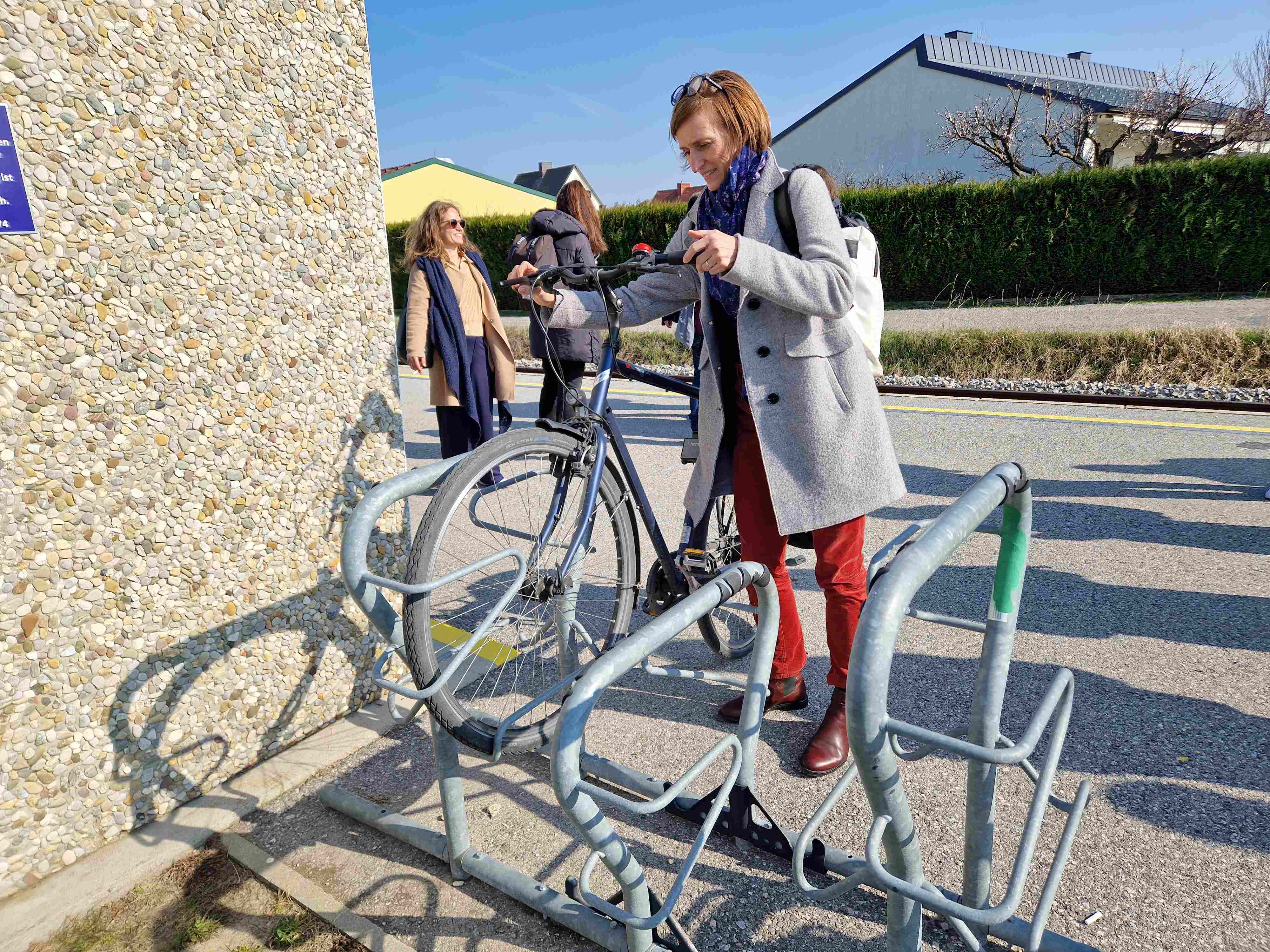
News & Events
Read the most recent updates and explore the upcoming events.

